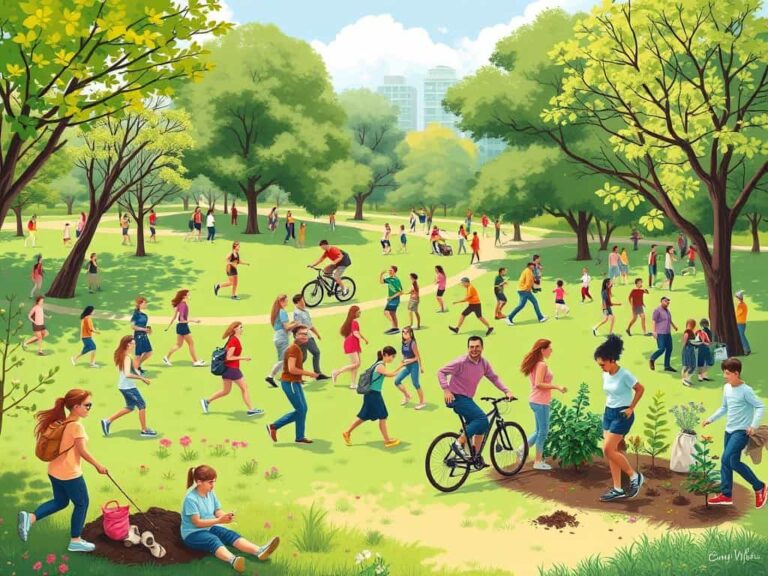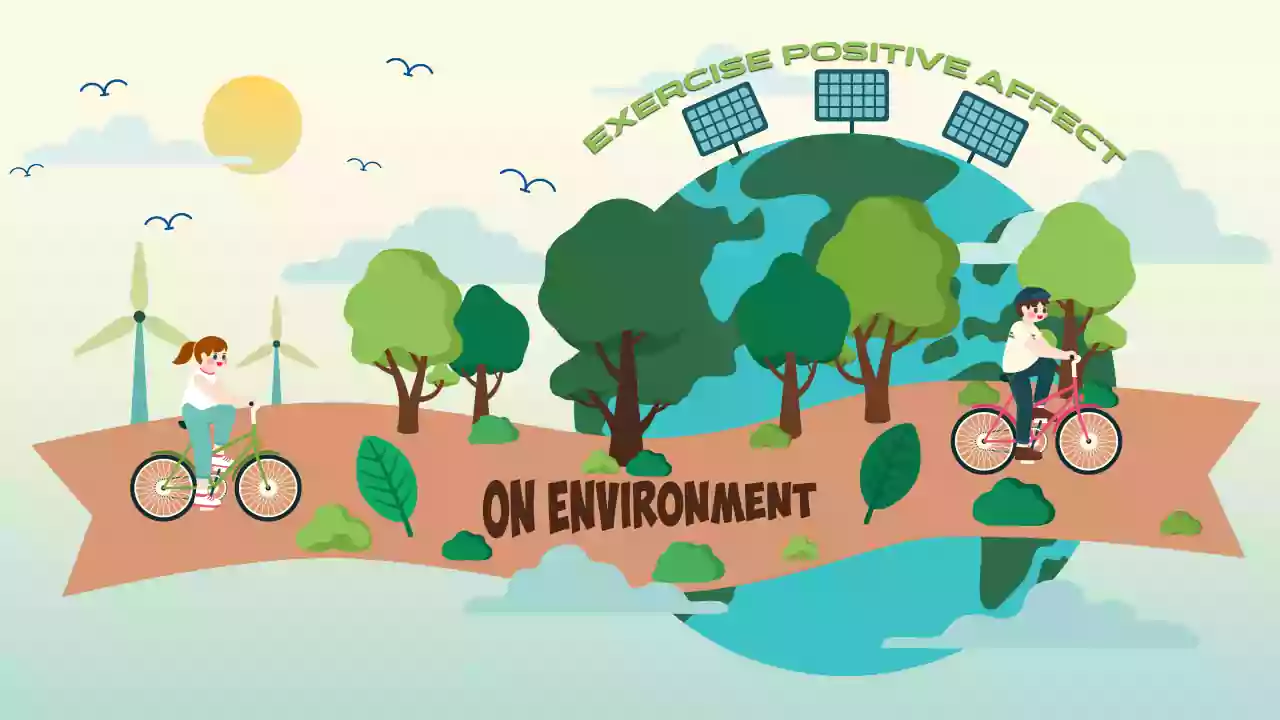How Can Exercise Positively Affect Your Environmental Health

Environmental health is under threat, but a surprising ally exists: exercise. Discover how physical activity directly combats pollution, reduces carbon footprints, and fosters a healthier planet.
Exercise isn't just about personal well-being; it's a potent tool for environmental stewardship. This article explores the multifaceted ways that incorporating physical activity into daily life can positively impact environmental health, providing actionable insights for a greener future.
Reducing Transportation Emissions
Choosing to walk or bike instead of driving immediately slashes your carbon footprint. The Environmental Protection Agency (EPA) states that transportation accounts for approximately 27% of total U.S. greenhouse gas emissions.
A 2022 study in the journal "Transportation Research Part D: Transport and Environment" found that even a modest shift from car use to cycling for short commutes significantly reduces urban air pollution.
Increased cycling and walking rates result in decreased fuel consumption and lower emissions of pollutants like nitrogen oxides (NOx) and particulate matter (PM2.5).
Decreasing Reliance on Energy-Intensive Activities
Certain forms of exercise can directly displace energy-intensive activities. Opting for manual yard work, such as mowing with a push mower or raking leaves, avoids the use of gas-powered equipment, which contributes to air and noise pollution.
Swimming in natural bodies of water reduces reliance on chlorinated pools that require energy to maintain. Furthermore, engaging in outdoor activities like hiking and camping promotes appreciation for natural environments, encouraging conservation efforts.
WHO research shows that increasing active lifestyles is also associated with reduced demand for energy-intensive leisure activities.
Promoting Green Spaces and Urban Biodiversity
Active use of parks and green spaces underscores their importance. Regular exercise in green areas increases public support for their preservation and expansion, thereby boosting urban biodiversity.
Organizations like the National Recreation and Park Association (NRPA) advocate for increased funding for parks and recreation facilities, citing their crucial role in both public and environmental health.
What's more, active park users are more likely to participate in environmental stewardship activities, such as tree planting and park cleanups.
Combating Sedentary Lifestyles and Associated Environmental Impacts
Sedentary lifestyles are often linked to increased consumption of processed foods, which have a significant environmental footprint due to transportation, packaging, and production processes. Exercise encourages healthier eating habits, potentially reducing the demand for resource-intensive food products.
A 2023 report by the Food and Agriculture Organization (FAO) highlighted the environmental costs associated with processed food consumption, emphasizing the need for dietary shifts towards more sustainable options.
Where you live and when you exercise matters; choosing local farmers markets or community gardens for produce after a workout supports sustainable agriculture.
Reducing Healthcare Waste and Consumption
Exercise is a well-established preventative measure against chronic diseases, potentially reducing the need for medical interventions and associated waste. Fewer doctor visits and hospital stays translate to less medical waste and lower energy consumption in healthcare facilities.
Research from the Centers for Disease Control and Prevention (CDC) consistently demonstrates the link between regular physical activity and reduced risk of chronic conditions such as heart disease, type 2 diabetes, and certain cancers.
Why wait? Starting an exercise routine can lead to long-term health benefits and a reduced environmental burden.
Fostering Environmental Awareness and Advocacy
Engaging in outdoor activities fosters a deeper connection with the natural world, inspiring environmental awareness and advocacy. Individuals who regularly hike, bike, or run outdoors are more likely to be concerned about environmental issues and to support conservation efforts.
Numerous studies show a correlation between time spent in nature and increased pro-environmental attitudes and behaviors.
How can you get involved? Join local environmental groups or participate in outdoor recreational activities to connect with nature and advocate for its protection.
Conclusion: Taking Action for a Healthier Planet
Integrating exercise into daily routines is a powerful, readily accessible way to improve both personal and environmental health. By consciously choosing active transportation, supporting green spaces, and reducing consumption, individuals can contribute to a more sustainable future.
When combined with policy changes promoting active lifestyles and green infrastructure, the collective impact of exercise on environmental health can be substantial. Stay informed about local initiatives promoting active transportation and green spaces, and advocate for policies that support a healthier planet.
The next step is yours: choose activity, choose health, choose the environment.


















